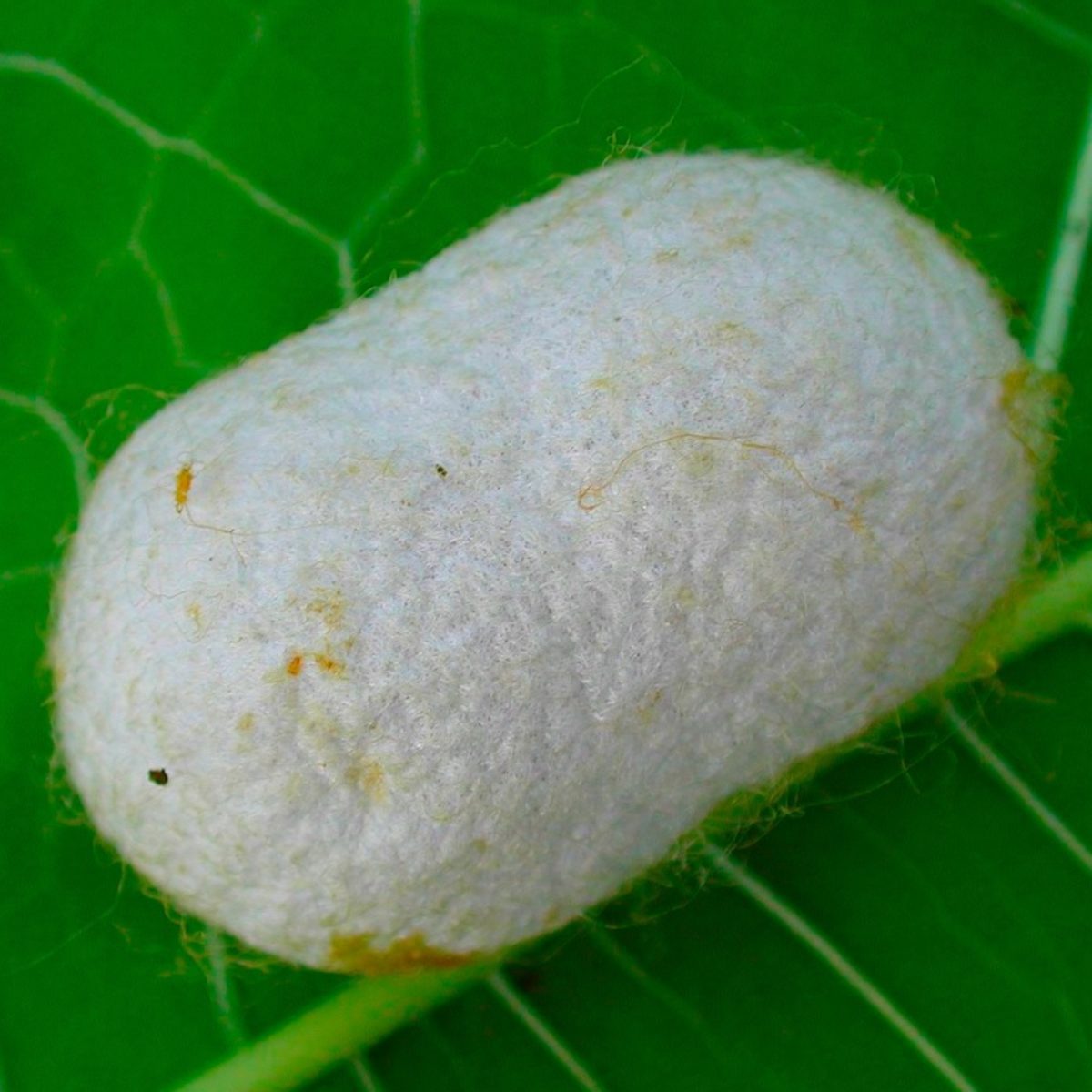
Research develops hydrogel from silk protein with potential application in photodynamic therapy
Cancer is a set of diseases characterized by uncontrolled multiplication of cells. One of the main methods for treating this disease is chemotherapy, which uses drugs to block the growth of those cells or to destroy them. In this way, most drugs used interfere with mitosis, the cellular mechanism by which new cells are produced. Therefore, both cancerous and healthy cells are affected, leading to several side effects.
Worldwide, considerable effort has been directed at developing new methods that act directly on the target of treatment. This is the case of so-called photodynamic therapy (PDT), a minimally invasive therapeutic procedure that selectively acts on malignant cells.
The procedure involves the administration of a light-sensitive substance, called a photosensitizing agent. When irradiated at specific wavelengths, the photosensitizer releases oxygen in reactive chemical forms that promote the death of malignant cells, infectious agents and the removal of burns.
PDT has been used especially for the treatment of skin cancer. In this case, the technique is relatively non-invasive, as it requires irradiation of the tumor with visible light, thus inducing minimal injury to adjacent healthy tissues.
However, despite the many positive features, the clinical use of photodynamic therapy has advanced slowly. This is in part due to the peculiar physicochemical properties of the photosensitizing agents. On the one hand, most of these substances are hydrophobic and poorly soluble in water, which hinders their delivery to the therapeutic target. On the other hand, water-soluble photosensitizers may aggregate when in solution, reducing the response of molecules to the incidence of light.
Thus, a focus of the research in this area is the search for new materials capable of efficiently distributing the drugs in the target tissues and activating them to produce oxygen. Thus, in addition to having the ability to be loaded with the photosensitizing agent, such materials must also be biocompatible and transparent, or translucent, to allow light penetration.
Several natural polymers have been studied for this purpose due to their biocompatibility, and physical and chemical properties which are difficult to obtain by a synthetic route. Among these natural polymers, a protein obtained from the cocoon of the silkworm, called silk fibroin (SF), has excellent mechanical strength and biocompatibility, and does not produce inflammatory byproducts during its degradation. Therefore, this material can be processed in many forms, including films, sponges, hydrogels and others.
Hydrogels prepared from SF, for instance, can act as biodegradable and biocompatible matrices for the transport and selective release of drugs or other biologically active compounds. However, in the context of the photodynamic therapy, the usual lack of transparency of SF hydrogels has been an obstacle to fully exploit them in the incorporation of light sensitive molecules.
Thus, Wendel Andrade Alves et al. investigated [1] the delivery of therapeutic agents mediated by hydrogels composed of SF and photosensitizers. The researchers performed the synthesis and characterization of transparent fibroin hydrogels and studied their use as matrices to incorporate a soluble photosensitizer of the porphyrin class.
Among the several analyzes performed by the group, the SAXS1 small angle X-ray scattering beamline of the Brazilian Synchrotron Light Laboratory (LNLS) was used to investigate the structure of the SF hydrogel with different concentrations of porphyrin.
The group concluded that the encapsulation of porphyrins in hydrogels leads to the formation of peptide nanostructures that prevent the aggregation of porphyrins, greatly increasing the generation of reactive oxygen (singlet) when compared to the application of porphyrin in solution.
The research conducted thus provides evidence that silicon fibroin composite hydrogels can be used for the encapsulation of porphyrins and to deliver photosensitizer for use in the photodynamic therapy.
Source: [1] Jose Eduardo U. Rojas, Barbara B. Gerbelli, Anderson O. Ribeiro, Iseli L. Nantes‐Cardoso, Francesca Giuntini, Wendel A. Alves. Silk fibroin hydrogels for potential applications in photodynamic therapy, Biopolymers, v. 1, p. e23245, 2018. DOI: 10.1002/bip.23245
The work was supported by the Sao Paulo Research Foundation (Grants 2017/02317-2 and 2014/50972-1).
Results on its interaction with antibiotics may lead to the development of new forms of treatment for this disease
Study contributes to the understanding of mechanisms involved in neurodevelopmental disorders